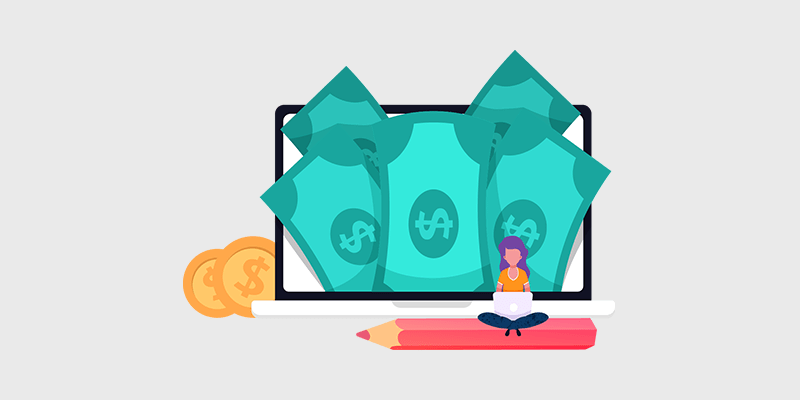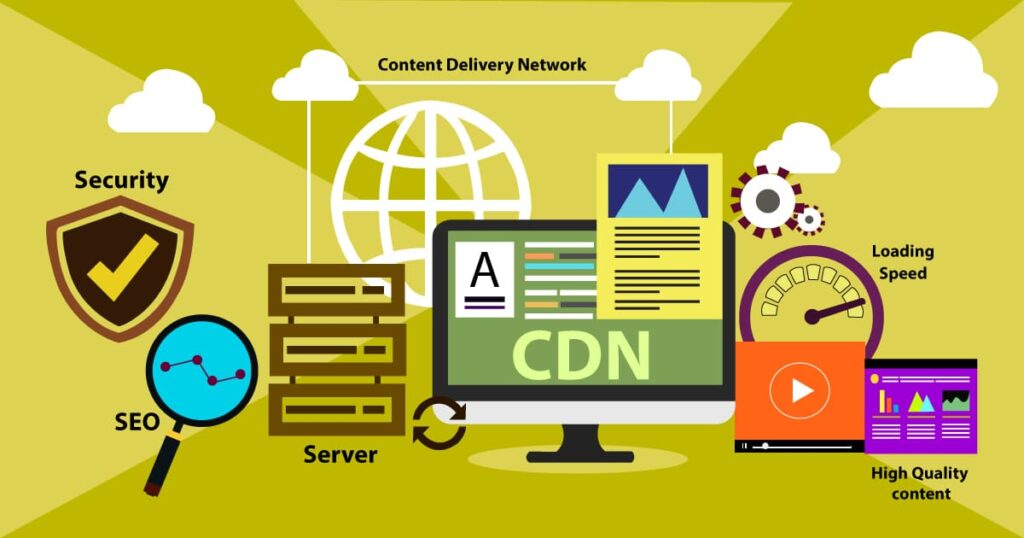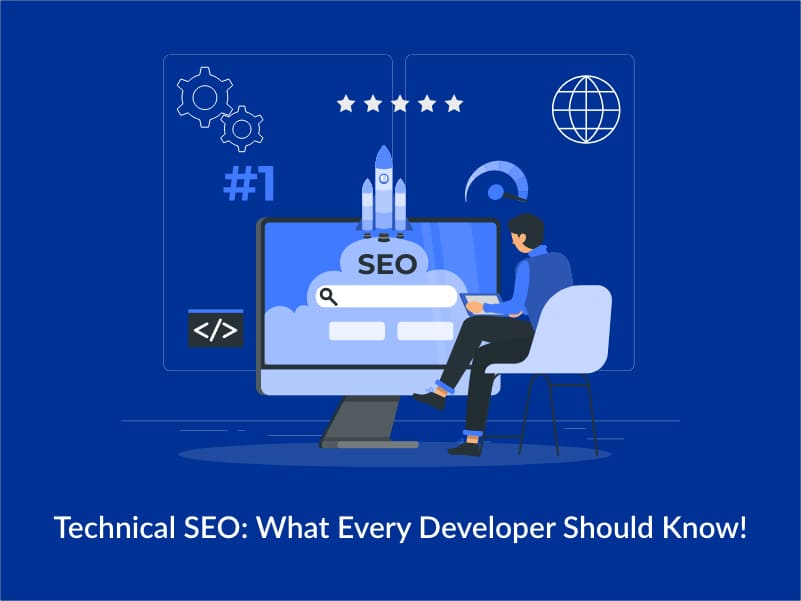Search Engine Optimization (SEO) is essential for any website that wants to drive organic traffic and increase their online visibility. If you’re looking to improve your website’s ranking on Google, then you’re in the right place!
In this post, we’ll be discussing the top 10 best SEO practices that can help you achieve your ranking goals. Follow us through the reading to learn more!
Best SEO Practices to Improve Your Ranking
SEO can be a daunting task, but it’s not as difficult as it seems. With the right approach and good practices, you can significantly improve your website’s ranking on Google. Let’s dive into the top 10 SEO practices that you can start implementing today.
When creating content for your website, it’s crucial to include your main keyword early on in it. This not only helps search engines understand what your content is about, but it also helps your readers understand what to expect from it.
Make sure your keyword is included in the first paragraph of your content, and sprinkle it throughout the rest. However, don’t overdo it as keyword stuffing can harm your website’s ranking.
Write Unique Titles, Descriptions and Content
To stand out from the crowd, you need to create unique titles, descriptions, and content. Don’t copy and paste from other websites as this can harm your website’s ranking. Instead, create original content that provides value to your readers.
Ensure your titles and descriptions are also unique and useful. This helps search engines and users understand what your content is about, and can also entice users to click through to your website.
Optimize Your Title Tag
The title tag is one of the most important on-page SEO elements. It’s what appears at the top of a browser’s window and in the search engine results page (SERP). A well-optimized title tag can significantly improve your website’s ranking.
Make sure your title tag includes your main keyword and is descriptive. Keep it under 60 characters to ensure it doesn’t get cut off in the SERP.
Optimize Your Site’s Loading Speed
Site speed is critical for both SEO and user experience. Slow loading websites can harm their ranking on Google. Users are likely to bounce off your website if it takes too long to load. So, to improve your website’s loading speed you can:
- Use a content delivery network (CDN).
- Compress images.
- Minimize HTTP requests.
- Minimize CSS and JavaScript files.
- Use browser caching.

Track Your Results with Google Search Console
This is a free tool that can help you monitor and improve your website’s performance on Google. It provides valuable insights into your website’s ranking, organic search traffic, and any technical issues that may be affecting your website.
Use Google Search Console to track your website’s performance regularly and identify any areas that need improvement!
Optimize Images
Images are a great way to make your content more engaging and visually appealing. However, they can also slow down your website’s loading speed if they’re not optimized correctly.
So, we have enlisted some practices that can help you improve your ranking. By following these tips, you can ensure that your images are optimized for a faster website without sacrificing visual appeal:
- Compress your images: Sometimes, images are so large that they slow down your website’s loading speed. Fortunately, there are plenty of tools out there that can help you compress your images without sacrificing quality.
- Use descriptive file names: Don’t settle for generic file names like “IMG12345.jpg.” Instead, give your images descriptive names that reflect their content. This not only helps with SEO, but also makes it easier for users to understand what the image is about.
- Use alt tags to describe images: Alt tags are short descriptions of your images that appear when the image can’t be displayed. They’re also used by search engines to understand what your images are about.
Make sure your alt tags accurately describe your images so that they can be properly indexed by search engines.
- Choose the right image format: Different image formats are better suited for different types of images. For example, JPEGs are great for photographs, while PNGs are better for images with transparent backgrounds.
By choosing the right image format, you can ensure that your images are both visually appealing and optimized for web use.
Create Internal Linking Strategy
Internal linking is essential for both user experience and SEO. It helps users navigate your website and provides search engines with a better understanding of your website’s hierarchy and content.
When creating internal links, make sure they’re relevant and add value to the user. Don’t overdo it as too many internal links can harm your website’s ranking and be intrusive.
Publish Amazing Content
Publishing high-quality content is one of the most effective ways to improve your website’s ranking. Content that provides value to your readers is more likely to be shared and linked to, which can significantly improve your site’s visibility.
When creating content, make sure it’s relevant, informative, and engaging. Use subheadings, bullet points, and images to break up the content and make it easier to read.
Build Backlinks to Your Website
Backlinks are a crucial ranking factor for Google. They’re essentially a vote of confidence from other websites that your content is valuable and trustworthy. The more high-quality backlinks your website has, the higher your website is likely to rank. Here are some tips on how to build them:
- Guest post on relevant websites: Find websites in your niche that accept guest posts and contribute valuable content to them. Make sure your guest post includes a link back to your website. Not only does this help you build backlinks, but it also establishes you as an authority in your field.
- Reach out to websites and ask for a link: Sometimes, all it takes is a simple request to get a backlink. Look for websites in your niche that you think would be interested in linking to your content, and reach out to them. Be polite and explain why your content is valuable and relevant to their audience.
- Create shareable content that others want to link to: The key to getting backlinks is to create content that people want to link to. This could be anything from a blog post to an infographic to a video. Make sure your content is well-researched, informative, and engaging.
- Use broken link building to replace broken links on other websites: Find broken links on other websites in your niche and reach out to them to suggest replacing the broken link with a link to your relevant content. This not only helps you build backlinks, but it also helps the website fix their broken links.

Improve Your Site’s User Experience
User experience is critical for both SEO and user engagement. A website that provides a positive user experience is more likely to be shared and linked to, which can significantly improve its ranking. To improve your website’s user experience, you can:
- Ensure your website is mobile-friendly.
- Make sure your website is easy to navigate.
- Improve your website’s loading speed.
- Use clear and concise language.
- Make sure your website is visually appealing.
Conclusions
Improving your website’s ranking on Google takes time and effort, but it’s worth it in the long run. By implementing the best SEO practices discussed in this post, you can significantly improve your website’s visibility and drive more organic traffic to your website.
Remember, SEO is not a one-time fix. It’s an ongoing process that requires regular monitoring and optimization. Keep track of your website’s performance using tools like Google Analytics and Google Search Console, and make adjustments as needed to ensure your website continues to rank well on Google.















